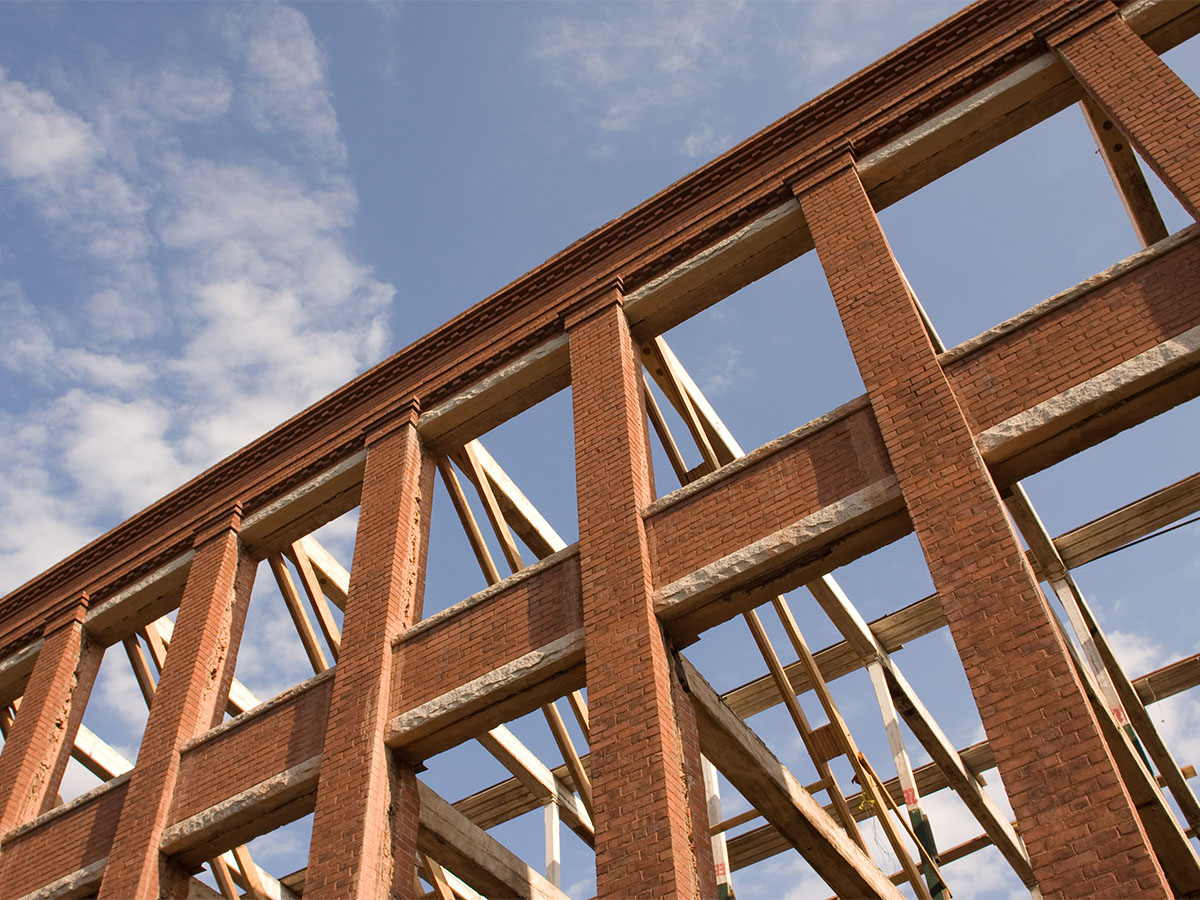Adaptive Reuse 2.0 was listed as the #9 issue in the 2021-22 Top Ten Issues Affecting Real Estate® by The Counselors of Real Estate®.
Adaptive reuse is not a new term or concept to the commercial real estate industry. It is an evolving property use trend expanding beyond the rejuvenation of single-property blight in urban areas to now a broader neighborhood application extending to the suburbs and secondary metropolitan areas. No longer is adaptive reuse about how to turn an urban eyesore, like a dilapidated train station or former bus terminal (the blight) into something productive and vibrant again.
“Adaptive Reuse 2.0” is pivoting to address the challenge of what to do with hundreds of defunct suburban malls and thousands of empty big-box retail stores that are surrounded by desirable and affordable neighborhoods (the bright). The real estate problem that adaptive reuse may be able to solve is: “How do we prevent blight that developed in our dense urban cities from following to the suburbs and secondary MSAs?” The answer to this question is answered in a May 2021 adaptive reuse presentation for the Miami Realtors Association that profiles the evolving neighborhood approach being successfully applied in South Florida, along with other noted examples across the United States, such as Phoenix and Denver.1
Why a Neighborhood Approach to Adaptive Reuse?
The answer is complex, involving multiple parts, and recognizing:
The challenge in the suburbs is bigger than one empty mall or empty big-box retail store.
The evolution of our economy from one that was “shop and take home” to an “order online and deliver to me” model means we have to look at adaptive reuse more broadly. A neighborhood approach examines the entire neighborhood, inventories uses in transition, and develops a plan considering how what happens next impacts more than one property or one block, but the entire surrounding neighborhood.
The need to reconnect what has divided neighborhoods.
The Interstate Highway System divided many of our cities during the 1950s to 1980s. That division led to a loss of greenspace, walkability, and segregation that underlies much of today’s environmental, social, governance and diversity, equity, and inclusion (ESG/DEI) movements. A neighborhood approach to adaptive reuse looks at how to reconnect communities.
The restoration of walkable neighborhoods, increasing a sense of community and reducing reliance on cars.
A neighborhood approach to adaptive reuse also restores much-needed greenspace, germinates diversity, and enhances walkability while reducing dependence on automobiles and all that goes with them, like parking garages. The Highline in New York, Beltline in Atlanta, Rotary Trail in Birmingham, and the new Underline in Miami are all great examples of this restoration of greenspace reconnecting communities. Neighborhood-centric adaptive reuse is good for ESG/DEI as it can heal what segregated many of our cities between the 1950s and 1980s when the development of our Interstate highway system divided neighborhoods and fueled suburban sprawl. In other words, “Adaptive Reuse 2.0” – the “neighborhood approach” – is good for ESG/DEI.
Reimagining Suburban Communities
This trend from the preservation and enhancement of single, mostly historic assets in the core of our urban areas to a broader neighborhood approach is going to be accelerated in a post-COVID-19 environment as housing affordability pressures and remote work models disrupt the pre-COVID “experiential” urban city model. The remote workforce that was finally enabled out of necessity in response to COVID-19 is reducing commute time considerations in the homebuying process. One need only look at the initial 2020 Census data and annual U-Haul migration reports to see that our population and workforce are moving inland and to suburban areas to find affordability and quality of life again beyond the dense urban setting.2
“Adaptive Reuse 2.0” – the “neighborhood approach” – involves a re-examination of our suburban communities to reposition them for transformation before the opportunity for change passes them over, or worse, creates blight that will later need to be addressed at a much higher cost, especially in a post-COVID-19 era where so many retail, small business, and hospitality properties closed. Some communities are ahead of the curve for the change that lies ahead. What kind of change? Change such as driverless vehicles and a transportation evolution away from car-centric infrastructure that is more walkable, driverless-car friendly, and utilizes less land for parking.
And this “neighborhood approach” to adaptive reuse is occurring in communities across the United States, such as Miami and South Florida (Coral Gables, Doral and the Town of Cutler Bay – the defunct Cutler Ridge Mall), Phoenix (Marina Heights project in Tempe, Arizona, adjoining Arizona State University) and Denver (redevelopment of former Stapleton Airport by Forest City and the Streets of SouthGlenn transformation of a 1970’s vintage suburban mall in the vibrant Denver suburb of Centennial).3
The Counselors of Real Estate has identified adaptive reuse as a 2021 Top Ten Issue not just because of the number of projects completed and underway that now surpass even self-storage as a property type with more than 50,000 properties, but because it holds the promise of: 1) reconnecting our communities from what the Interstate Highway System divided from the 1950s to 1980s; 2) preventing blight that developed in our dense urban cities from following to the suburbs and secondary MSAs post-COVID-19; 3) restoring much-needed greenspace to our neighborhoods and cities that can germinate interaction of diverse demographic groups; and 4) promoting good ESG and DEI policies. •
Endnotes
1. KC Conway, CCIM, CRE, MAI, and Caylinn Peterson. “Making Bright Brighter: Highlighting South Florida as a shining example of Adaptive Reuse 2.0.” Miami Realtors Commercial & National Association of Realtors. https://www.miamirealtors.com/event/5dbc8669-f2b3-eb11-9c4a-00155d101206/ (accessed July 29, 2021). ↩
2. “2020 Migration Trends: U-Haul Ranks 50 States by Migration Growth.” U-Haul, January 4, 2021. https://www.uhaul.com/Articles/About/2020-Migration-Trends-U-Haul-Ranks-50-States-By-Migration-Growth-22746/ (accessed July 29, 2021). ↩
3. Ellis Arnold. “Redevelopment envisioned for The Streets at SouthGlenn.” Colorado Community Media, March 25, 2019. https://coloradocommunitymedia.com/stories/redevelopment-streets-at-southglenn-sears-macys,278383 (accessed July 29, 2021). ↩


 Photo: Jared Huckle/Shutterstock.com
Photo: Jared Huckle/Shutterstock.com



